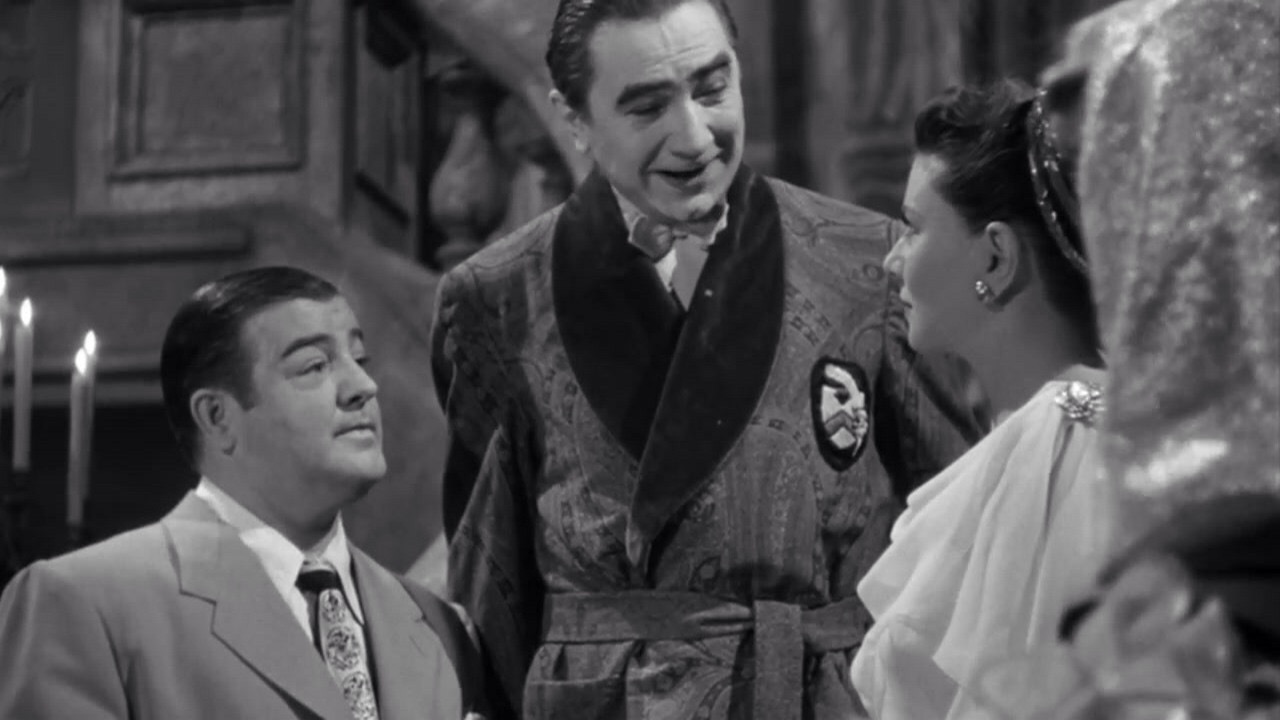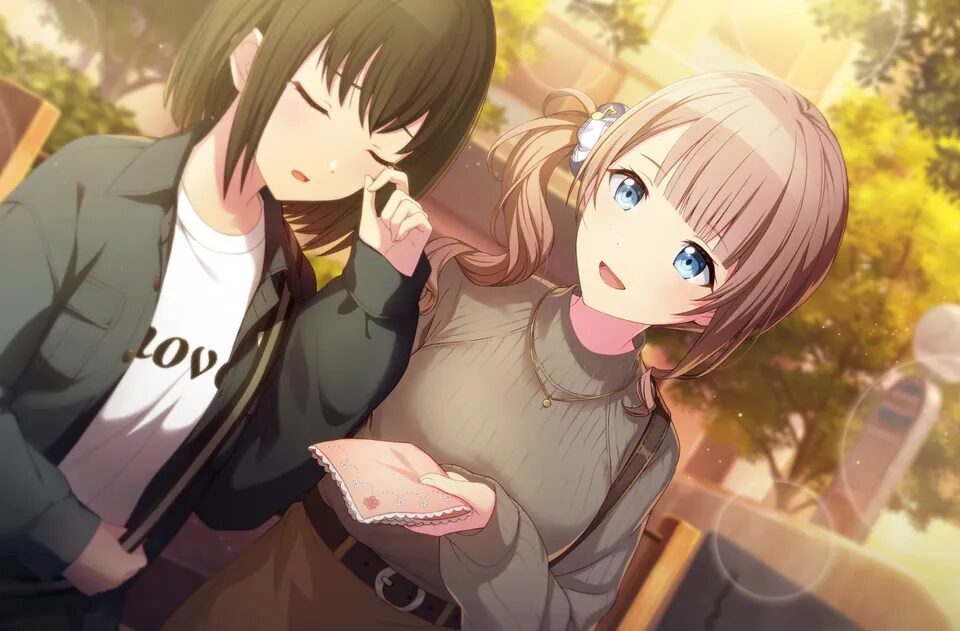The phrase The Knot of the Gods. Mara and the Costelor sounds mysterious and deeply symbolic. It brings together myth, imagination, and philosophical meaning. The idea of a “knot” often represents a bond, a challenge, or a destiny that cannot easily be undone. When tied to gods, the knot takes on divine power and becomes a symbol of fate or the unbreakable link between humanity and higher forces.
Mara and the Costelor appear as figures within this mysterious narrative. Even though historical records may not mention them directly, they can be interpreted through the lens of myth and symbolism. Mara often represents a seeker, a warrior, or a guide, while the Costelor may embody obstacles, forces of destiny, or guardians of divine truth. Together, they create a powerful myth-like story of struggle and discovery.
Origins and Background of the Concept
The knot in mythology is a recurring theme across cultures. In Greek tradition, the Gordian Knot symbolized a problem that could not be solved by ordinary means. In Norse mythology, threads of fate woven by the Norns bound all lives. Similarly, The Knot of the Gods suggests a sacred entanglement of power and destiny that mortals cannot escape.
Mara and the Costelor, when placed in this mythic framework, can be seen as part of a grand cosmic tale. Their names suggest individuality but also universality. Mara could be drawn from the Sanskrit word “Māra,” representing illusion or temptation, while Costelor may have roots in old European folklore, connected with protectors, challengers, or mystical guardians. Together, they form a balance between light and shadow, illusion and truth.
Who is Mara? – The Central Figure
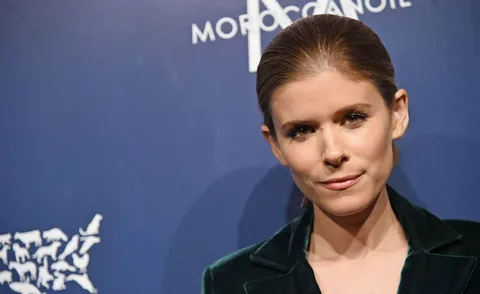
Mara is often described as a seeker or challenger in mythical interpretation. The character embodies the journey of a soul searching for wisdom while facing trials set by the gods. In many traditions, the name Mara carries both light and dark meanings. In Buddhism, Mara represents temptation and obstacles that prevent enlightenment. Yet in other traditions, Mara can be seen as a guide who tests seekers before they reach truth.
In The Knot of the Gods, Mara could symbolize the human element. Mara is the one who dares to face the divine knot, who attempts to unravel mysteries meant only for gods. Through courage, doubt, and persistence, Mara represents all who wish to break through illusions and find deeper meaning in life. Mara’s struggle is timeless, making the figure relatable to readers and thinkers.
The Costelor: Meaning and Symbolism
The Costelor is a name that feels ancient and mysterious. Symbolically, the Costelor could represent guardians of divine secrets. They are the forces that stand between mortals and the truth of the gods. If Mara is the seeker, the Costelor are the protectors, ensuring that only those worthy may approach the divine knot.
Another way to understand the Costelor is as an embodiment of challenges. They are not enemies but necessary trials that shape the seeker’s journey. Without the Costelor, Mara’s attempt would be incomplete. The struggle between Mara and the Costelor reflects the eternal balance between ambition and restraint, desire and discipline. It is through such opposition that growth and transformation become possible.
The Knot of the Gods: Mythical Interpretations
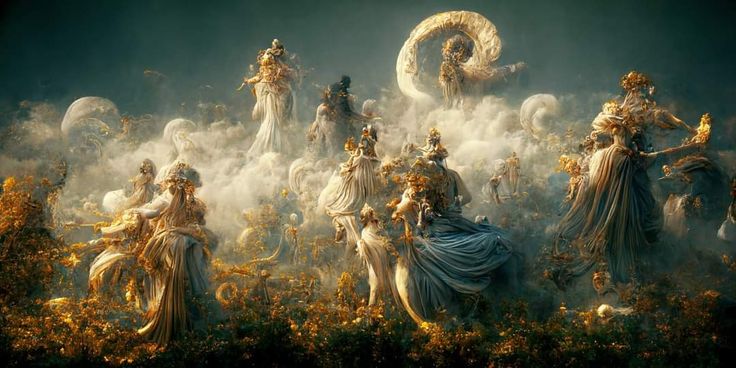
The knot is at the heart of the story. In mythology, knots are not just physical ties but also spiritual and cosmic bonds. A divine knot suggests something far beyond human understanding, something only gods have the right to tie or untie. To touch or challenge it is to enter a realm of danger and revelation.
For Mara, the knot is not only a barrier but also a key. It represents the unanswered questions of life—destiny, mortality, and divinity. Unraveling it may grant knowledge, freedom, or power, but failure could mean destruction. The Knot of the Gods serves as the central test of the narrative, bringing Mara and the Costelor into direct conflict.
Themes of Power, Fate, and Divinity
The story of The Knot of the Gods reflects timeless themes. Power lies at its center, as gods hold authority over the knot, and mortals like Mara seek to challenge or understand it. The knot also symbolizes fate, suggesting that human lives are tied together by threads woven beyond their control.
Divinity is the third theme, reminding us of the sacred distance between gods and humans. Yet the act of attempting to face the knot shows human courage and desire for transcendence. The balance of power, the inevitability of fate, and the awe of divinity together create a myth that speaks across cultures and eras.
Cultural and Historical Inspirations
Even though the story may be fictional or symbolic, it clearly draws inspiration from existing myths. Ancient Greece, Norse sagas, Indian philosophy, and Celtic folklore all contain elements of knots, fate, guardians, and seekers. Mara may echo mythological heroes who dared to challenge gods, while the Costelor resemble beings like sphinxes or gatekeepers who test travelers.
Historically, knots have also been part of rituals and ceremonies. From Celtic knotwork to sacred Hindu thread ceremonies, knots symbolize continuity and divine presence. The Knot of the Gods fits into this tradition, giving Mara and the Costelor a role within a larger tapestry of myth.
Literary and Artistic Representations
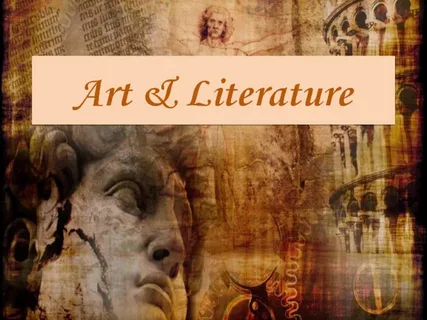
Artists and writers have often used knots as metaphors. In literature, a knot may represent unsolved mysteries, while in art, knotwork symbolizes eternity. A myth like The Knot of the Gods would inspire paintings of Mara facing divine guardians, or poems describing the endless threads of fate.
Modern writers could reinterpret Mara as a figure of resistance against destiny, while the Costelor could symbolize societal structures that prevent freedom. The knot would then stand as a metaphor for life’s deepest struggles. Artistic representation ensures that the myth stays alive, changing with each new generation.
Symbolic Lessons from Mara and the Costelor
The story teaches important lessons. Mara reminds us that seeking truth requires courage and persistence. Facing the Costelor shows that obstacles are not punishments but necessary trials that help us grow stronger. The knot itself teaches humility, for some mysteries may never be fully solved.
Together, Mara and the Costelor remind us that life is a journey of struggle and discovery. The divine knot represents the questions we all ask about purpose, destiny, and the unknown. Even if we cannot fully untie it, the attempt itself brings meaning to our lives.
Impact on Modern Readers and Thinkers
For modern readers, The Knot of the Gods. Mara and the Costelor offers a timeless reflection on human challenges. People today face knots of their own—complex problems in relationships, society, and self-identity. Just like Mara, they encounter Costelor in the form of obstacles, doubts, or fears.
Thinkers can also see the myth as a metaphor for philosophy. The knot symbolizes the unanswered mysteries of existence, while Mara represents human reason and curiosity. The Costelor stand as the limits of knowledge, always challenging but never entirely defeating the seeker. This makes the myth meaningful for anyone seeking deeper truth.
Comparisons with Other Mythical Legends
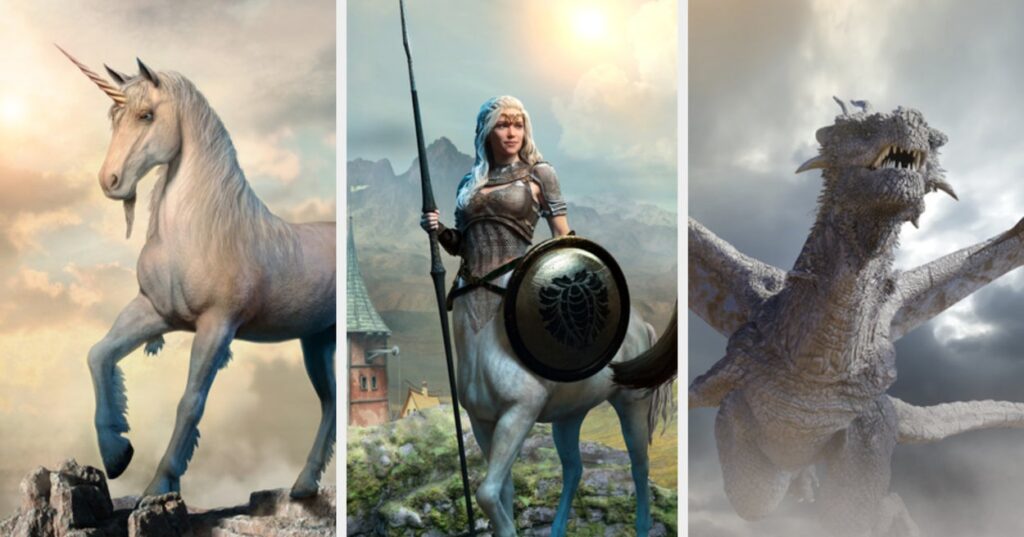
This story can be compared with other great myths. Like the Gordian Knot, it represents a puzzle beyond ordinary solutions. Like Prometheus stealing fire, Mara challenges divine order. Like Odysseus facing trials, the Costelor test the hero’s worth.
Such comparisons place The Knot of the Gods among universal legends that explore the tension between mortals and gods. The uniqueness of this myth lies in its focus on the knot as both a physical and symbolic challenge, and on Mara and the Costelor as characters locked in a cycle of conflict and meaning.
Future Relevance and Interpretations
The myth will continue to inspire future interpretations. Writers may retell it as a fantasy epic, philosophers may use it as a metaphor for knowledge, and psychologists may see Mara’s struggle as the human fight with inner doubts. The Costelor may be interpreted as fears, institutions, or even the natural laws of the universe.
As time passes, The Knot of the Gods will remain a flexible and timeless story. Its openness to interpretation ensures that it will never lose relevance, as every generation ties and unties its own knots of existence.
Conclusion
The Knot of the Gods. Mara and the Costelor is more than a title; it is a symbol of human struggle with fate, divinity, and self-discovery. Mara embodies courage and curiosity, while the Costelor represent the obstacles that shape every journey. The knot itself stands as the greatest mystery of all, one that inspires awe and humility.
The story’s strength lies in its universality. Across cultures and time, people have faced their own knots and guardians. Whether seen as myth, metaphor, or philosophy, the tale of Mara and the Costelor will always remain meaningful. It reminds us that the journey itself, with all its struggles, is where true wisdom lies.
FAQs
Q1. What does The Knot of the Gods symbolize?
It symbolizes destiny, divine mystery, and the unbreakable ties between gods and mortals. It is a metaphor for life’s greatest challenges.
Q2. Who is Mara in The Knot of the Gods?
Mara represents the seeker or challenger who dares to confront divine mysteries. This figure reflects human courage and curiosity.
Q3. What is the role of the Costelor?
The Costelor are guardians or challengers. They test Mara’s worth and symbolize the obstacles that must be faced before truth can be reached.
Q4. Is this myth connected to real mythology?
The story is not found in one single tradition but draws inspiration from many myths, such as the Gordian Knot, Norse fate threads, and guardians in folklore.
Q5. What lessons can we learn from Mara and the Costelor?
The myth teaches courage, patience, and humility. It shows that obstacles are necessary for growth and that some mysteries may never be fully solved.
Q6. Why is the knot central to the story?
The knot represents the final challenge. It is a sacred puzzle that only gods should control, making Mara’s attempt a daring and symbolic act.
Q7. How is this myth relevant today?
It is relevant because everyone faces their own “knots”—complex challenges in life. Like Mara, modern people must overcome fears and trials to find meaning.
Q8. Can The Knot of the Gods be seen as a metaphor for philosophy?
Yes. Philosophers may see Mara as human reason, the Costelor as limits of knowledge, and the knot as life’s greatest unanswered questions.
Q9. Is Mara always victorious in the myth?
The myth does not give a fixed answer. Sometimes the struggle is more important than the outcome, showing that the journey itself carries wisdom.
Q10. How does this compare to other legends?
It is similar to the Gordian Knot, Odysseus’s trials, and Prometheus’s defiance. However, it is unique in how it ties destiny, struggle, and guardianship together.
Related Post:

